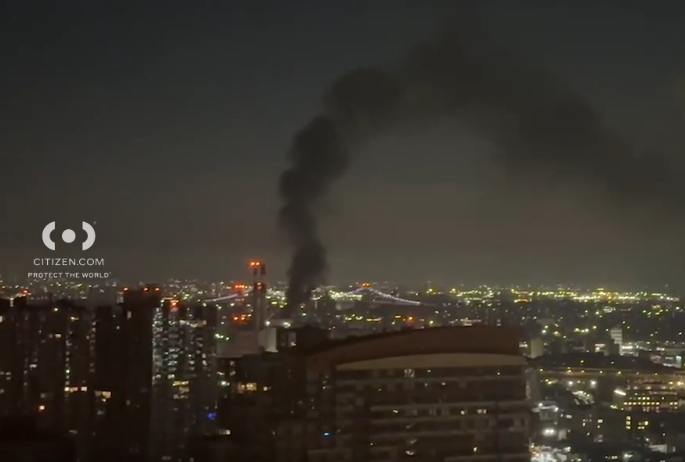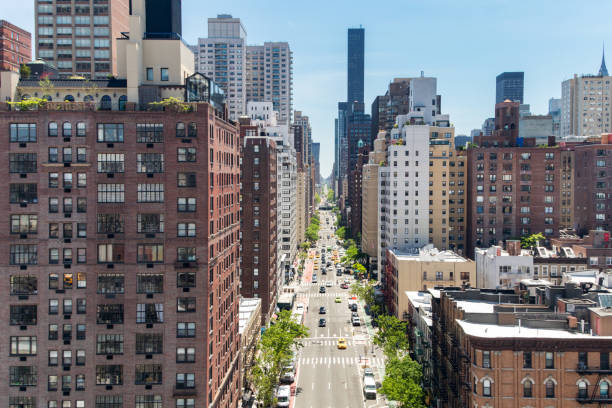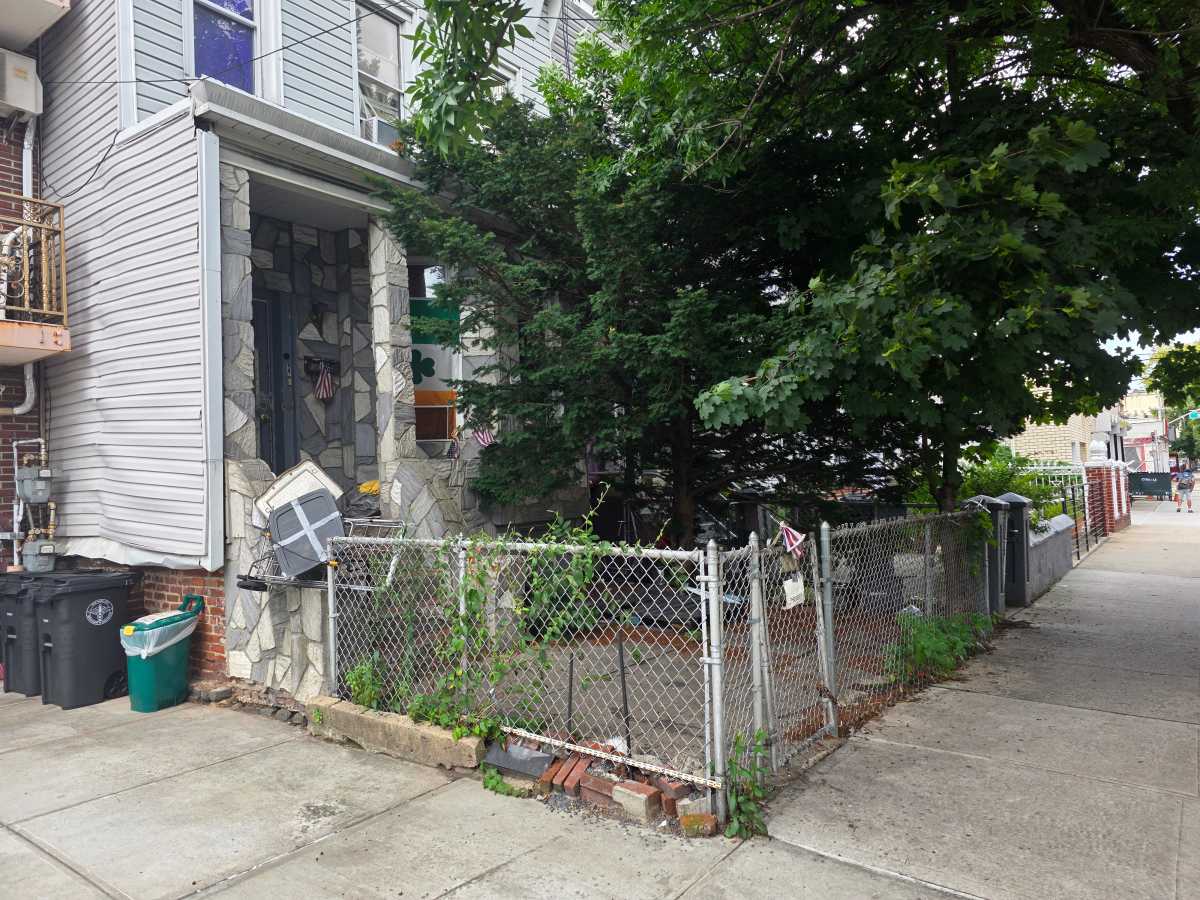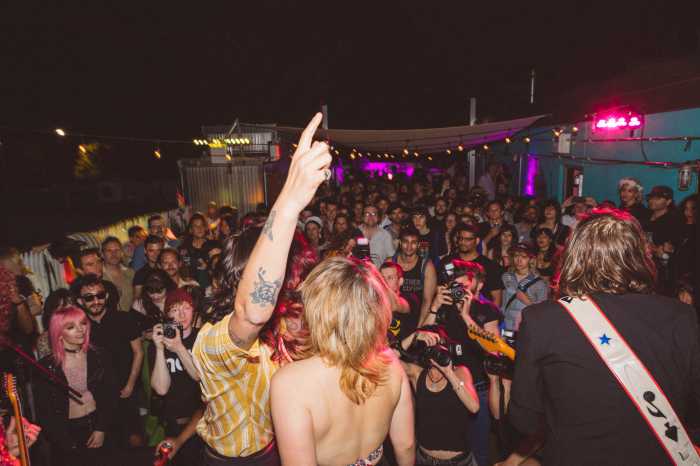By Adrian Benepe
Manhattan’s East and West Village neighborhoods were largely built long before the need for parks and open space became obvious. The New York City Department of Parks and Recreation is working now to correct this deficit, giving Downtown Manhattan its most dramatic green-space improvements in almost four centuries. Under the city’s Lower Manhattan Open Space Vision Plan, an extensive array of projects are in progress which will expand parkland, improve waterfront access and open new active recreation spaces. These plans are complemented by ongoing waterfront and park development along the West Side. Under the leadership of Mayor Bloomberg and with critical funding assistance from Governor Pataki and the Lower Manhattan Development Corporation, Parks and Recreation will work with the Department of City Planning and the Department of Design and Construction to implement over $100 million in open-space projects. This work is being made possible through funding allocated by the L.M.D.C., federal, state and city governments, foundations and corporations, and with the support of Community Boards 1, 2, 3 and 4, as well as local elected officials.
The Lower Manhattan Open Space Vision Plan, which calls for the creation or enhancement of more than 23 sites throughout Lower Manhattan, includes a number of playgrounds and athletic fields serving Downtown neighborhoods and schools. In East River Park, the reconstruction of four existing ball fields is underway. This recreational hub will, on top of capital work completed by Parks and Recreation in 2002, soon have three new synthetic-turf fields and two natural-grass fields. The area’s reputation as a major regional park site will grow as the NFL funds a new synthetic-turf ball field at nearby Baruch Playground, which will go into construction later this year. In addition, a multi-purpose synthetic-surface field and volleyball court is now being installed at Al Smith Playground, along with a new gym floor in the Al Smith Recreation Center.
The Lower East Side’s Lillian D. Wald Playground, at Cherry and Montgomery Sts., is also currently under construction. Closed for over two decades, this dilapidated space will be transformed with extensive play equipment and sports courts. Construction has just begun at Sara D. Roosevelt Park, where improvements between Hester and Canal Sts., will include a new synthetic-turf field and track. Nearby, at Columbus Park, a multi-use synthetic surface will be installed to provide a safe space for active recreation and school and community programming. Parks and Recreation will also be restoring Columbus Park’s pavilion; in addition, new amenities, such as benches, game and picnic tables, drinking fountains and lighting, as well as beautiful landscaping in a Chinese tradition will be added.
Parks and Recreation is renovating other passive green spaces throughout Downtown Manhattan. A generous donation by the Associated Landscape Contractors of America will create a new park in the space between Canal, Varick, and Laight Sts., replacing what is now broken asphalt and cobblestones. In a project funded by the State Department of Transportation, a new park will be created on Canal and West Sts., designed and built by Parks and Recreation, and to be completed by spring 2005. In Greenwich Village, renovations to Abingdon Sq. are nearing completion; luxurious new plantings, bluestone pavement, railing and benches are being installed. Finally, in Washington Sq. Park, Parks and Recreation and neighborhood advocates and residents will soon be celebrating the fall restorations made to the Washington Sq. Arch, the enduring icon of Greenwich Village.
Among the most exciting projects is the transformation of the waterfront on both the East and West Sides. Work along the East River waterfront incorporates the creation of new public open spaces in Lower Manhattan with a revitalized East River Park promenade. Considerable city funds will be dedicated to a complete reconstruction of the deteriorated infrastructure along East River Park’s waterfront, and to transforming the promenade following Con Edison’s utility reconstruction project. On the West Side, under the direction of the Hudson River Park Trust, and with the continued support of the governor and the mayor, Hudson River Park is progressing towards completion. The city and state pledged $100 million toward the construction of the park. Hudson River Park has seven conceptual segments. Segment 4, the Greenwich Village Segment, completed last spring, runs between Leroy and Horatio Sts. Segment 7, which runs from 44th St. to 59th St., will be constructed next, followed by Segment 6, extending between 25th and 44th Sts. Segment 5, which will run from Horatio St. to 25th St. will be completed last. The design for segment 3, Leroy St. to Harrison St., is nearing completion, but no construction timeline has been set.
Hudson River Park also forms a critical anchor in the New York City Waterfront Greenway, the city’s most comprehensive open space project, constructed in collaboration with the city and state Department of Transportation, Economic Development Corporation, Department of Citywide Administrative Services and the City Planning Department. A haven for pedestrians, cyclists and commuters, the New York City Waterfront Greenway begins to fulfill Mayor Bloomberg’s chief priorities: to make New York City more livable, increasing public access to the waterfront and expanding recreation opportunities. The greenway reclaims the waterfront and also provides non-motorized transportation alternatives, reducing pollution and helping New Yorkers get fit. The Manhattan Waterfront Greenway is one piece of the city’s planned 350-mile greenway network. When complete, the citywide greenway will course through all five boroughs, connecting dozens of existing bicycle and pedestrian paths.
In late spring, Parks and Recreation will open the doors of Chelsea Recreation Center. First conceived in the 1960s, the half-completed project was abandoned in 1976 during the city’s fiscal crisis. But now, thanks to generous funding allocated by the mayor, borough president, City Council and the federal government, Parks and Recreation will soon be unveiling Manhattan’s newest recreation center.
Another long-awaited open space project is the development of The High Line possibly as an elevated park and promenade. Once completed, the former freight-rail line could include a 1.5-mile-long trail, extending from the Gansevoort Meat Market to 30th St. The city will soon propose important zoning changes that would facilitate the development of the areas surrounding the High Line and help provide key public access to the High Line. The city and the nonprofit group Friends of the High Line have recently partnered to select a design consultant that will complete a master plan for the future park. Over 50 design teams from around the world recently responded to an R.F.Q. (request for qualifications); the final selection is scheduled for this summer. Once viewed by many as a derelict eyesore, the High Line could end up becoming one of Manhattan’s most celebrated green spaces.
Benepe is commissioner, New York City Department of Parks and Recreation.




































